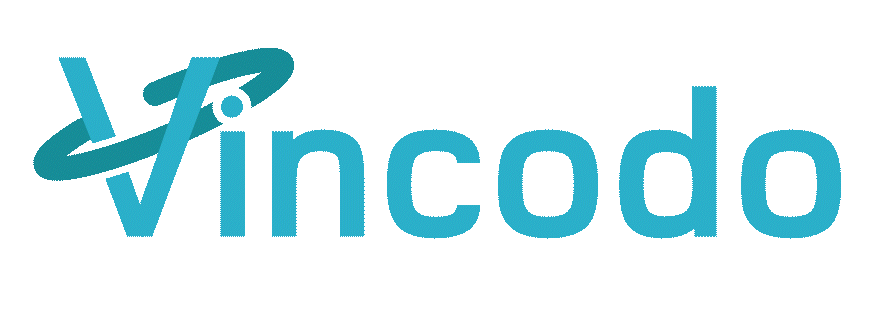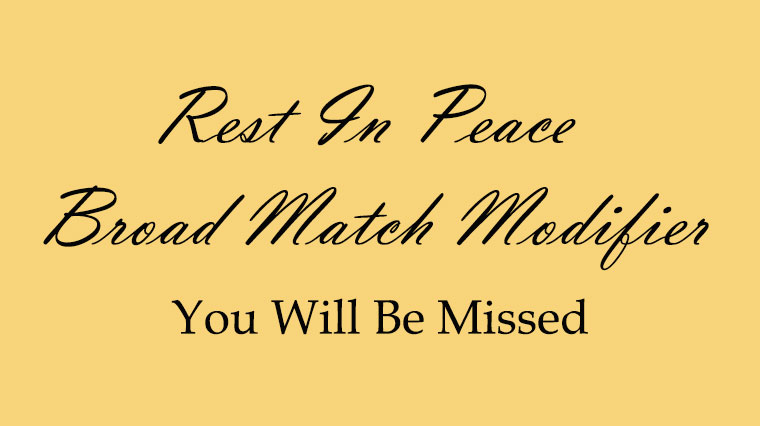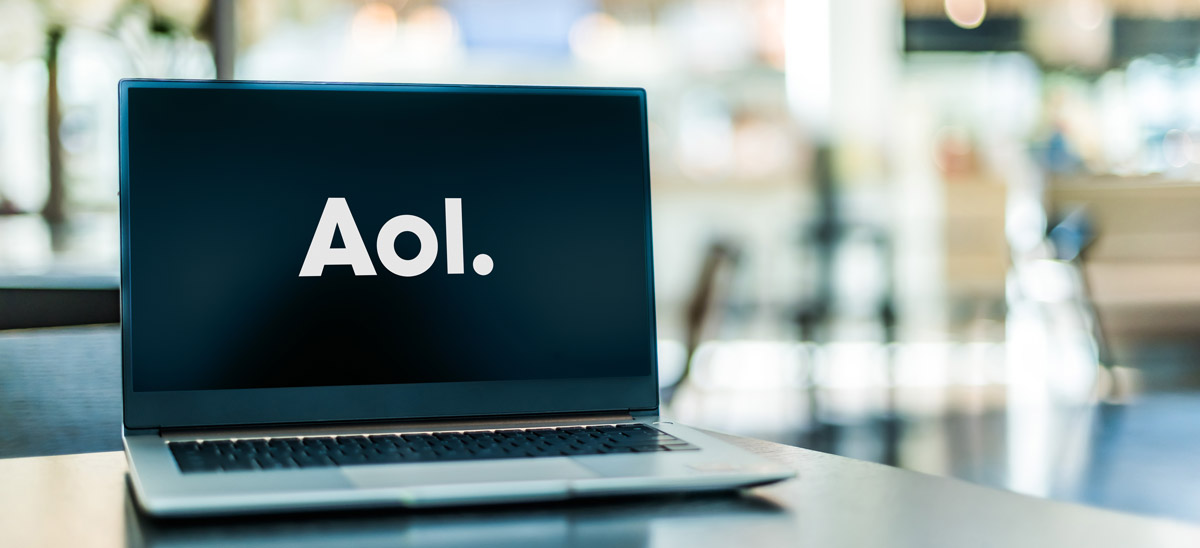
Are you ready to forget everything you’ve learned and relied on in digital marketing? We didn’t think so. But here’s some tips that will help any advertiser plot their course with new approaches for campaign management in a new, increasingly AI-driven world.
Shift to Smart Bidding
Manual bidding efforts are getting penalized. The new ad-serving logic prioritizes those utilizing AI with high quality traffic while manual CPC bidding has become a dumping ground for the lower quality traffic. While there is an argument to be made to continue manual bidding for brand trademark efforts, you will start to see significant improvement in your ROI if you switch to smart bidding.
Restructure and Consolidate Your Campaign
Now, while the above is true, you will not see instant success after making the smart bidding switch. AI needs time and data to make proper decisions. Google and Facebook call this the “Learning” phase and will ad-serve at random during this time. On Google, consolidate your campaigns properly but focus on more ad groups, targeting weekly observation data around 1,000 impressions, 100 clicks, or one conversion. For Facebook, this learning period lasts 7 days and your budget should allow for 50 optimization events during this time.
Build Out Broad Keywords
Traditionally, exact and phrase match keywords have been the way to go. Smart bidding isn’t very effective under these old practices though. So, you’ll need to reintroduce broad keywords to start with. You’ll also want to consolidate ad groups to eliminate the match type breakouts and remove and restart the negative match application. Research shared at the annual Google Think 2023 Conference suggests advertisers following this strategy saw a 35% growth in conversion volume with their same target ROI goals. We tested this at Vincodo and saw similar growth with our clients.
Rethink Your Audience Targets
Yet another strategy that has depreciated with smart bidding is hyper targeting. This is in large part due to the restricted audience count size. Limit niche targeting of your audience as well as audience exclusion and refinement to keep your target audience counts about 100k (preferably even higher at over 500k). This provides the AI ad-serving determination more breathing room and observations to think. It’s worth noting that remarketing and past customer audiences still perform well in this smaller audience count thanks to the responsive nature of that audience.
Now it’s time for some questions that we must admit we do not totally have the answers to.
Target ROAS or Target CPA?
This is the million-dollar question. The answer is what works best for your business to reach its goals. Suppose you are a lead generation provider as opposed to a retailer. You’d be fine uploading your backend conversions into Google to provide the fuel for the system’s thinking needs. But, it should be understood that target ROAS offers the AI more data to work with to optimize your efforts, particularly if you have conversion targets of different values. There is also the ability to apply value-based bidding by estimating each conversion type’s value. For example, if you know that if someone engages and submits a form on the home page versus an interior lead form or by placing a phone call, you can apply more weight to the more valuable conversion type to inform the ad serving algorithms how to improve the desired traffic quality to your website.
Is Performance Max Right For My Business?
We can all acknowledge that the Performance Max rollout has been a very bumpy road for Google and has yet to be rosy for advertisers. Ad-serving bursts of poor-quality traffic, performance throttling up and down, aggressive targeting of brand trademarks, and limitations to optimization have been a few of the complaints against the new functionality launched by Google. The good news is that Google’s AI is getting smarter. At the Google Think 2023 conference, their research showed that volume growth for those switching in 2022 was 13% but has improved to 18% for new PMax testers in 2023. We can share that we see the same trends for our clients, especially for traditional product-based e-commerce retailers. PMax for lead generation and service-based e-commerce still needs to work on achieving advertisers’ goals but significant strides have been made that suggest by mid-2024, the new functionality might be ready from prime time.
So, if you are still questioning when or if you need to get on the AI Smart Bidding train, the answer is a definitive yes and now. Media providers have sunk too much investment into these new functionalities to walk away, and the progress seen in their performance is a reason for excitement. It is time for every advertiser to make the switch before your competitors leave you behind in their dust.





